The 14 Best Wines We Uncorked This Year
Wine can be seductively elusive and changeable, evolving across both decades and hours. You want to chase it, to know it. Of the many new releases we chased this past year, the selections here are the ones that, when sipped, tasted like nothing else—and made us long for more. We varied our approach to winners this time, awarding 15 wines instead of just six, as we did in 2018. Even with the expansion, we agonized, and accomplished wines slipped the net. The wines we chose here span the globe as well as the breadth of varietals and styles, but they all share two things: the potential for long years in the cellar and the ability to be enjoyed deliciously right now.
OVERALL:
Promontory 2013, Napa Valley
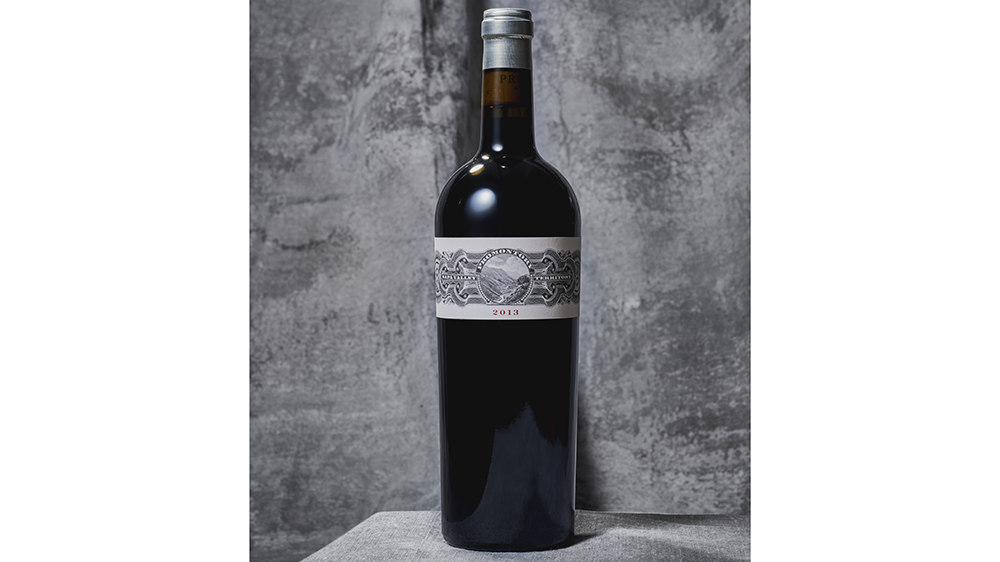
This Cabernet Sauvignon not only embodies the unique terroir of its origins within the Napa Valley, but it’s the perfect example of the style of wine and practice of winemaking that increasingly we are going to see coming from Napa. The three cocreators—owner Will Harlan, Cory Empting, director of winegrowing for Promontory (and winemaker at Harlan Estate), and winemaker David Cilli (formerly of Italy’s Montalcino region)—decided to hold this wine back five years before release, two years longer than is typical in Napa. That delay delivered a wine that can be enjoyed now, which doesn’t sound so radical but is a surprisingly rare thing among some of the most coveted Napa Cabs. That’s not to say that this wine won’t age well. It will. It has the acid and tannin profile to spend decades collecting dust. “It’s one of the longer-lived wines I work with,” Empting says.
This wine began its maturation in the usual mix of new and yearling French oak barrels, but then Empting and Cilli moved it into huge, 30-hectaliter neutral casks, something seen much more often in European winemaking. This strategy allows the vintage to stay in cask longer, which in turn makes the tannins silkier while keeping some bright freshness to the fruit. Empting says they were going for a transparency of place and wanted to be sure the winemaking technique didn’t get in the way of that, as wood sometimes can. “New oak used to be a marker of quality,” Empting says, “but it’s not the case for Promontory.” And that transparency of place does shine through. The soil here is unique in the Valley—the plot of land includes volcanic and sedimentary rock as well as the much more unusual metamorphic rock, a rare confluence of all three geologic formations found on our planet. Dense fog lingers in the thickets of trees, imparting a slower-ripening microclimate. All of these factors help preserve acidity in the wine, creating lift rather than the heft of big jammy berries. Promontory ends on a mineral note rather than a fruity one, making it lean, elegant and balanced all the way through the finish. ($895.)
US CHARDONNAY:
Ramey 2015 Ritchie Vineyard Chardonnay, Russian River Valley
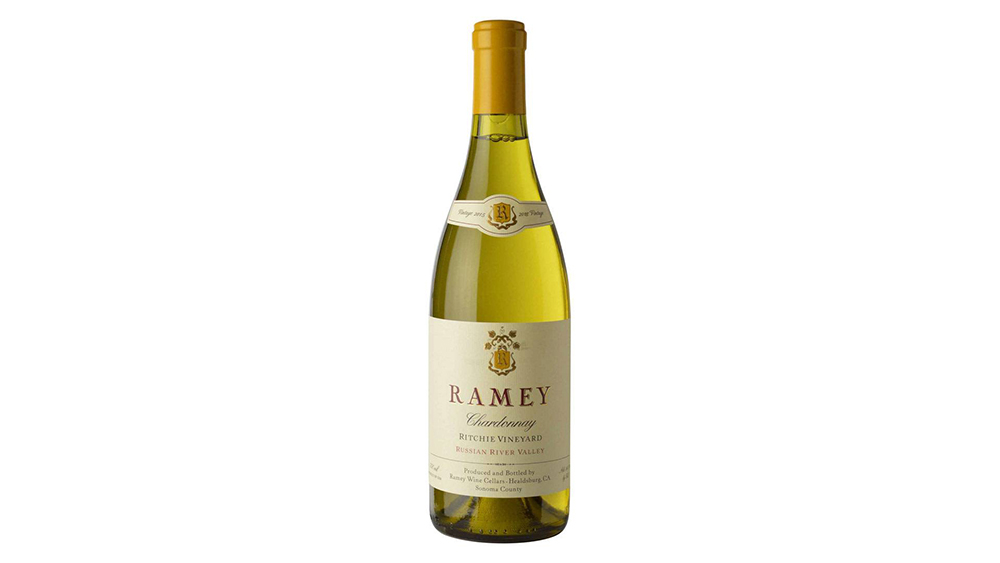
In 1996, when David Ramey was winemaker at Dominus winery in Napa, as he remembers it, owner Christian Moueix (also proprietor of Château Pétrus) agreed to let him “make a little Chardonnay on the side.” The rest is history, as they say; Ramey was off on a storied path of making ever-more single-vineyard Chardonnays. And working with techniques like the sur lie aging of white wines in barrel, employing malolactic fermentation in Chardonnay and using native yeast, Ramey has very much shaped the character of Chardonnay in California. With his 2015 Ritchie Vineyard Chardonnay ($65), Ramey might have found his most beautiful balance yet—walking a tightrope, as the wine does, between richness and delicacy, textured mouthfeel and finesse. On the nose, a sophisticated note of fresh salinity is tucked under hints of honeysuckle and vanilla, with spice, creamy citrus and delicate herbal flavors following through a long finish.
US SAUVIGNON BLANC:
La Pelle 2016 Sauvignon Blanc, Napa Valley
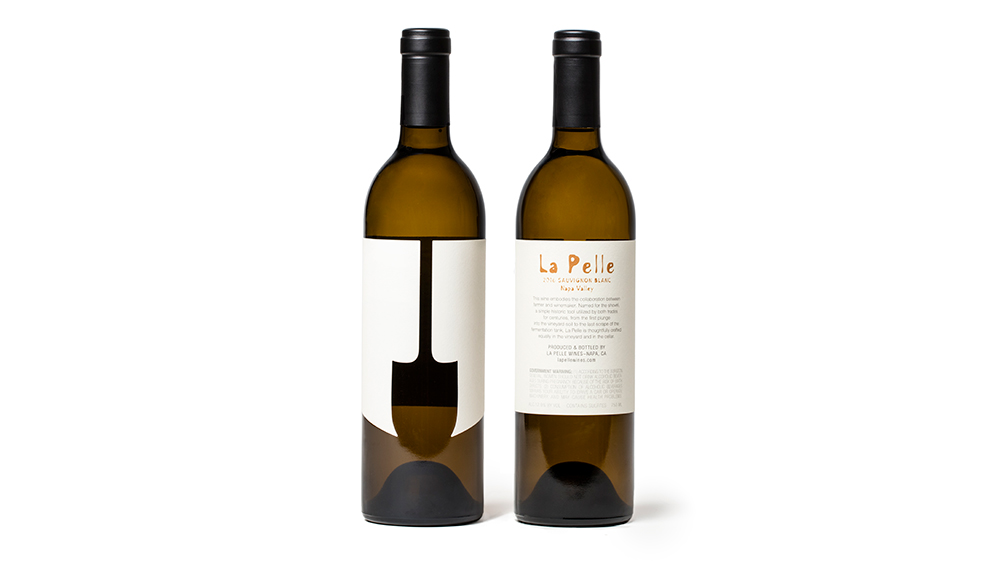
This new brand—a very personal project for winemaker Maayan Koschitzky, viticulturist Miguel Luna and vineyard manager Pete Richmond—is their chance to create bottles with a sense of place at a time when the tools of the trade are taking on more and more technological bells and whistles. La Pelle means “the shovel” in French and, for the partners, symbolizes their process from the first dirt turned in the vineyard to the last tank shoveled out in the cellar. The particular place showing in their inaugural Sauvignon Blanc ($45), the 2016, is the St. Helena appellation, and the wine is a spectacular depiction of a trend taking hold in Northern California, turning Sauvignon Blanc into serious and complex wines. They barrel-fermented this one and aged it for 20 months in French oak. The result is complex textures and a beautiful richness, but at the same time, bright energy carries lime zest and tart nectarine flavors layered with white blossoms and a resiny herbal quality.
US PINOT NOIR:
Lingua Franca 2015 Mimi’s Mind Pinot Noir, Eola–Amity Hills
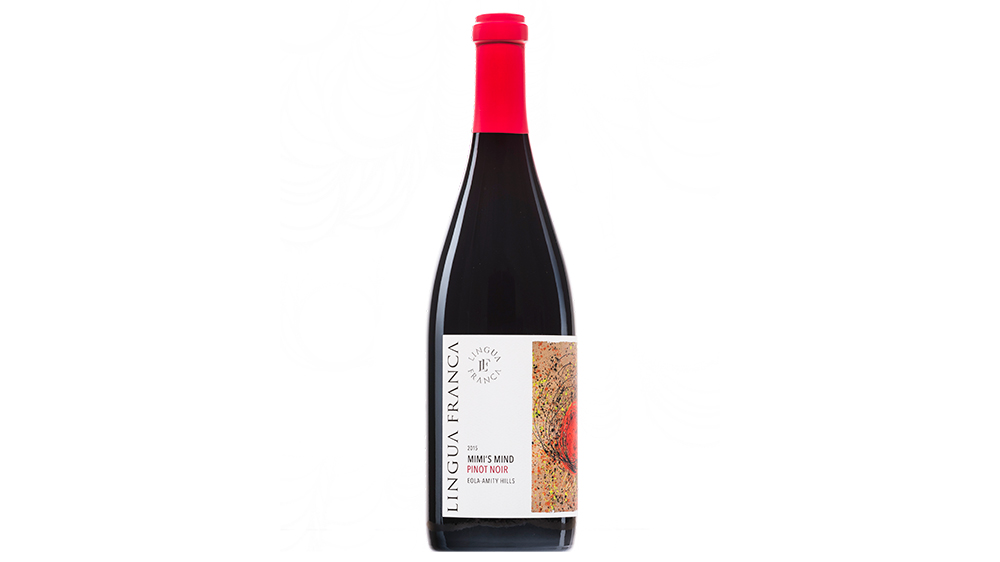
Just when American taste for Pinot Noir is beginning to lean toward a more Burgundian style—and eyes turn to Oregon’s cool Willamette Valley, where earthy, savory Pinot is possible—a new winery has emerged there as a leader of the trend, with bottles that channel the French model in the best New World way. Lingua Franca was the vision of master sommelier Larry Stone, whose roots go deep in both restaurants (Rubicon and Charlie Trotter’s) and winery oversight (Rubicon Estate and Evening Land Vineyards). When legendary Burgundy vigneron Dominique Lafon saw the potential of Stone’s vineyard in Oregon, he signed on as consulting winemaker, working with his protégé Thomas Savre (also with illustrious experience in Burgundy) as the winemaker with boots on the ground. The team’s first stab at Mimi’s Mind, the 2015 vintage ($105), is a compelling debut—deep, complex and distinctly savory. Elegant structure and vibrant energy carry a mix of earthy mushroom, leather, herb and spice notes, along with tangy red and black fruit.
US CABERNET SAUVIGNON:
Dana Estates 2016 Hershey Vineyard Howell Mountain, Napa Valley
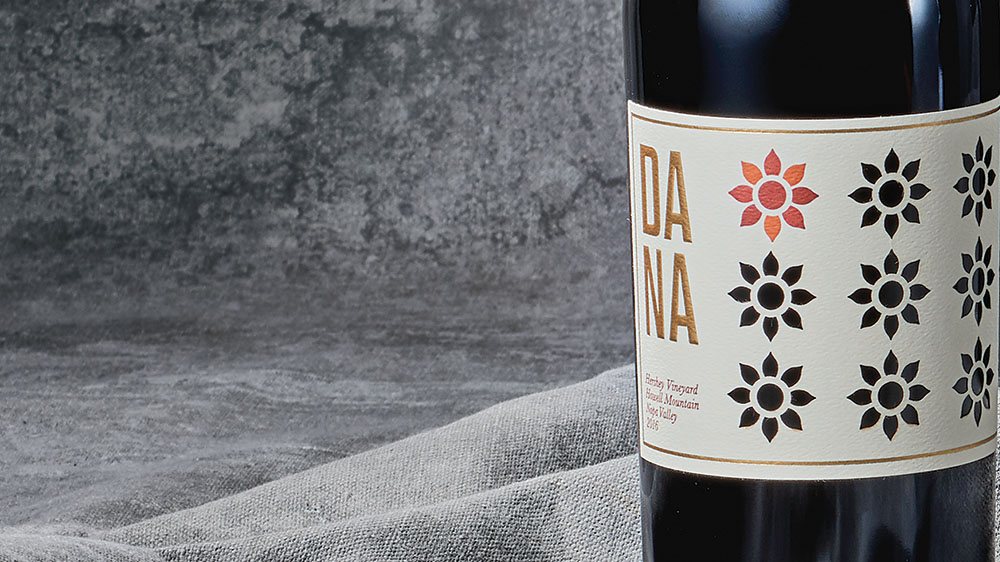
There’s no shortage of candidates for this award. From Napa Valley, Sonoma and California’s Central Coast to eastern Washington, producers have honed Cabernet Sauvignon to exquisite levels. But in Napa Valley, a region that always stands out, one producer consistently achieves perfect balance among structure, complexity and beautiful fruit: Dana Estates, shaped by the winemaking team of Chris Cooney and consultant Philippe Melka. While Dana produces deserving Cabernets from three different vineyards, it’s the winery’s 2016 Hershey Vineyard on Howell Mountain ($500) that gets our nod this year. With an intensity that reflects its mountain source, the wine manages elegance and finesse as well. Juicy dark berry flavors are layered with complex notes of spice, smoke, underbrush, espresso, dark chocolate and lovely minerality. The tannins have a grip that suggests this one will unfold beautifully over many years. Give it time.
CABERNET FRANC/ MERLOT BLEND:
Gamble Family Vineyards 2014 Mary Ann Red

Interesting blends are quietly being made in Napa, though skittish winemakers don’t necessarily want to mention just how much Merlot might be part of the wine. While the movie Sideways put the nail in the coffin for Merlot, in truth, most Merlots of the 1980s and ’90s were not great wines, despite their popularity. But winemakers have learned a thing or two over the years, resulting in some Bordeaux blends in which Cabernet Sauvignon has only a bit part and varietals such as Merlot and Cabernet Franc star. Case in point: Tom Gamble’s Mary Ann ($185), which is composed of 53 percent Cab Franc and 37 percent Merlot, grown on the rugged terrain of Mt. Veeder’s hillsides. It has an intoxicatingly aromatic nose full of blueberry jam, just-baked waffle cones and wildflowers. Blackberry and strawberry come through on the palate, with lots of savory herbal notes. There’s plenty of structure to keep this wine aging for another decade.
BLEND:
Dalla Valle Vineyards 2015 Maya Napa Valley

Thirty-one years ago, in 1988, Dalla Valle’s Maya was launched out of vintner Naoko Dalla Valle’s love of Cabernet Franc—and named for her daughter, who had just been born the year before. While Cabernet Sauvignon leads in the blend, it’s the large proportion of Franc that lends vibrancy and aromatics. The 2015 Maya ($425, and made by highly regarded Napa winemaker Andy Erickson, with Michel Rolland as consultant) is no exception, leading with warm, exotic spice notes (cardamom comes to mind). A beautiful crushed-rock quality is layered under black cherry, strawberry and espresso, with a refreshing salinity cutting through. While the wine offers the texture of silk today, its power and richness will go for many years. In 2017, Maya herself took over as director of the winery. With a master’s degree in enology from Cornell University and another in vineyard and winery management from France’s Bordeaux Sciences Agro, the younger Dalla Valle brings hands-on experience at Pétrus and Château Latour, and more, to the table. She’s got this.
CHAMPAGNE:
Dom Pérignon 2002 P2
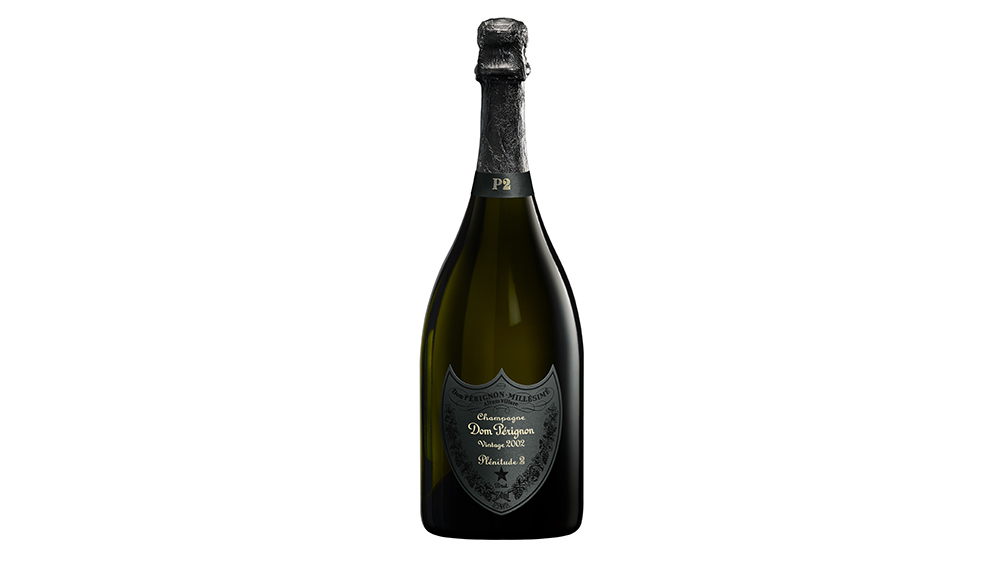
One of the qualities that gives Dom Pérignon its elite status is that the house makes wine only in years that are declared vintages in Champagne, so only in the best of times with the most optimal grapes. But the brand also does something unique with each vintage: It releases the wine in two stages, initially about eight years after going into bottle, then again after another eight years, in what Dom Pérignon calls its second plenitude, or P2. The portion held back remains on the lees to accumulate even more complexity. The 2002 P2 ($390) surpasses the 2000 and 1998 versions and is much more complex than the first-vintage 2002. The P2 is light, ethereal, with just 4 grams of dosage added. This is a cascade of creamy, nutty elegance, with refreshing fruit on the palate. It’s still vivid and energized, even 17 years post-harvest.
The 2002 P2 marks the first release under new chef de cave Vincent Chaperon, who has been turning the brand toward biodynamic and organic farming practices. “Dom Pérignon is embracing the completeness of wine,” he says, adding that while most winemakers have been making Champagne too technical, Dom Pérignon “is embracing technology, but also tradition and wine’s social and emotional link—wine helps us to go on dreaming.” The 2002 P2 certainly drinks like a dream.
NEWCOMER:
Mod Sélection Champagne
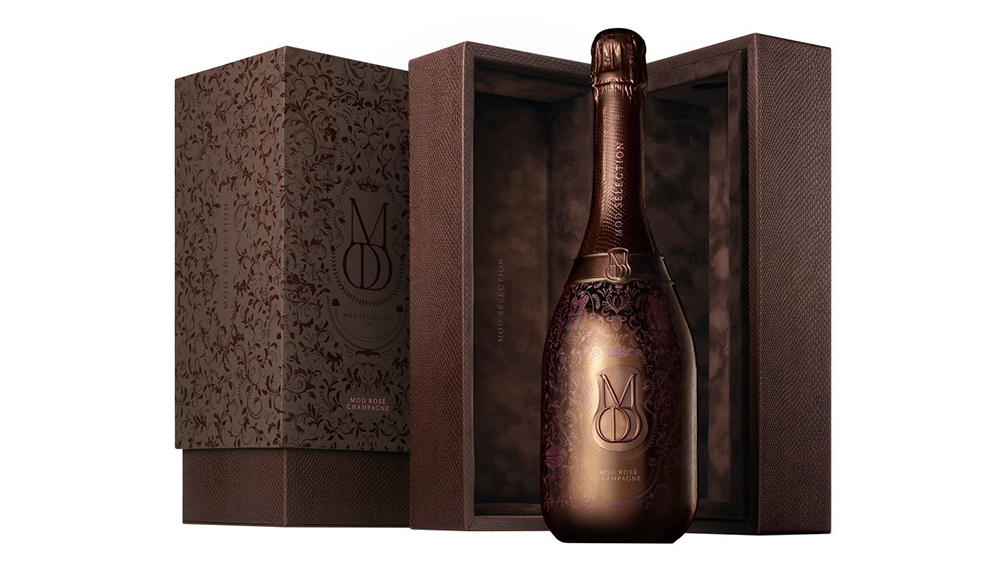
Fresh off tequila and American whiskey innovation—with DeLeón and Virginia Black, respectively—Brent Hocking (along with his partner, musician Drake) has turned his penchant for challenging tradition to Champagne. Working with a five-generations-old Champagne house, Hocking has created Mod Sélection Champagnes, in a style he describes as “pure, elegant, balanced and fresh.” It’s a profile in contrast to the weightier, yeasty, autolytic character often associated with wines from the region. The bubbles in his Mod Rosé Champagne ($400) are impossibly vibrant, creating an elegant tension. Delicate wild strawberry aromas lead to lively cherry and cranberry notes—intense but fresh and light-footed at once. And as you’d expect, Hocking’s out-of-the-box vision extends to the design of the bottle as well, with intricate, filigreed metallic etchings. A Mod Réserve brut ($300) joins the rosé in the brand’s first releases, with more in the works—promising to challenge traditional Champagne identity in a rather exquisite way.
AUSTRALIAN RED:
Penfolds 2014 Grange

This wine isn’t just one of Australia’s great wines, but one of the world’s. Year after year Penfolds proves that Syrah—or Shiraz—is as powerful a varietal in Australia as Cabernet Sauvignon is in Napa, and Grange can be as consistent a bottle as the best wines of Bordeaux. While it is always very nearly 100 percent Shiraz (this year’s edition has just a splash of Cab), the grapes are sourced and blended from multiple parcels in South Australia, which do vary from vintage to vintage, and all always go into new American oak for 20 months. Part of the 2018 Penfolds Collection released last fall, the 2014 Grange ($750) is eminently drinkable right now, balanced as it is, but its strong structure and tannins mean it’s a collector’s dream. Winemaker Peter Gago calls them “tannins with attitude” that are also, happily, “nonetheless respectful.” Mushroom and hoisin present on the nose of this deep garnet wine, and it tastes more savory than fruity, like the caramelized sear on a premium cut of beef with red licorice notes, followed by hints of fresh sage and olive leaf.
AUSTRALIAN WHITE:
Vasse Felix 2016 Chardonnay

For those of us in the Northern Hemisphere, Chardonnay and Australia are not synonymous. But in one southwestern corner of the country, on a peninsula surrounded on three sides by ocean, sits the Margaret River growing region, ideal for maturing Cabernet Sauvignon and Chardonnay grapes. Winemaker Virginia Willcock makes the most of the area’s Mediterranean-like climate on an estate where the region’s first commercial vines were planted, in 1967—Vasse Felix. The 2016 Chardonnay ($45) smells of lemon pie crust and tropical pineapple, with a taste of buttery croissant and nougat on the palate. But it has enough acid to keep it vibrant and zingy. The wine spends nine months on the lees in French oak that’s a mix of old and new. Willcock is a passionate proponent of the use of wild, native yeasts in Australian winemaking, and this wine benefits from that innovation, as well as from hand-harvesting and a gentle, whole-cluster press.
ITALIAN:
Biondi-Santi 2011 Brunello di Montalcino Riserva
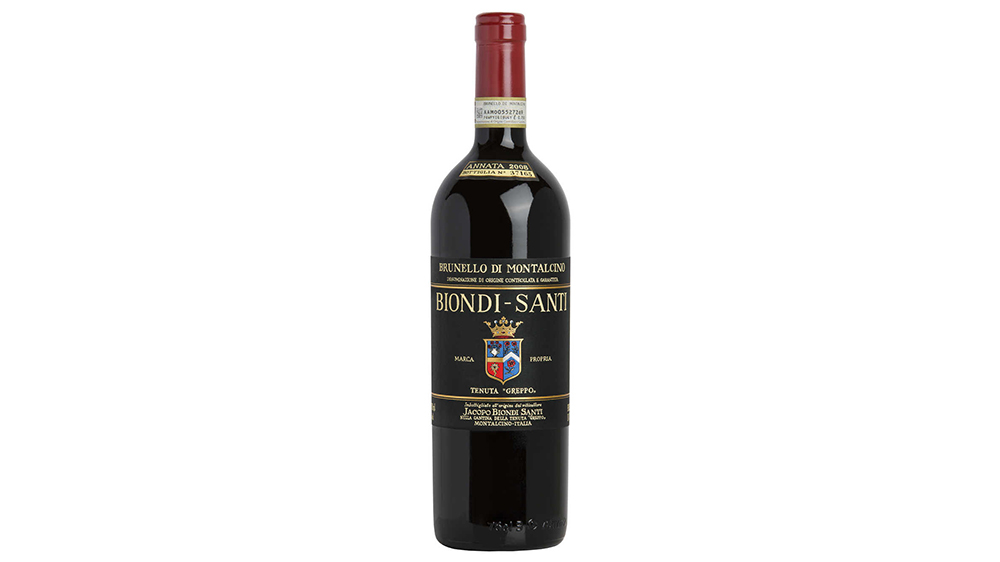
This rich, balanced wine has the signature brown-tinged, ruby-red color of a great Brunello (one of the few made with 100 percent Sangiovese) and is rife with both dark red fruit and earthy, herbal notes. Held back until it was perfectly ready, the 2011 vintage ($566) from this historic Tuscan estate is at its peak of drinkability. But wines of its provenance have proven to improve across decades in the cellar, too, even to the century mark. Now overseen by the 6th and 7th generations of the family, Tancredi Biondi Santi and his father, the winemaking is approached with longevity in mind, aging in neutral oak barrels, so that any oak extraction takes a backseat to the grapes. The vines are the result of generations of cultivation of Sangiovese Grosso, leading the family to develop a clone of their own: BBS 11, for Brunello Biondi-Santi. It is this special strain that contributes to the one-of-a-kind beauty of such an elegant, savory wine.
BEST FRENCH RED:
E. Guigal 2014 La Mouline Côte-Rôtie
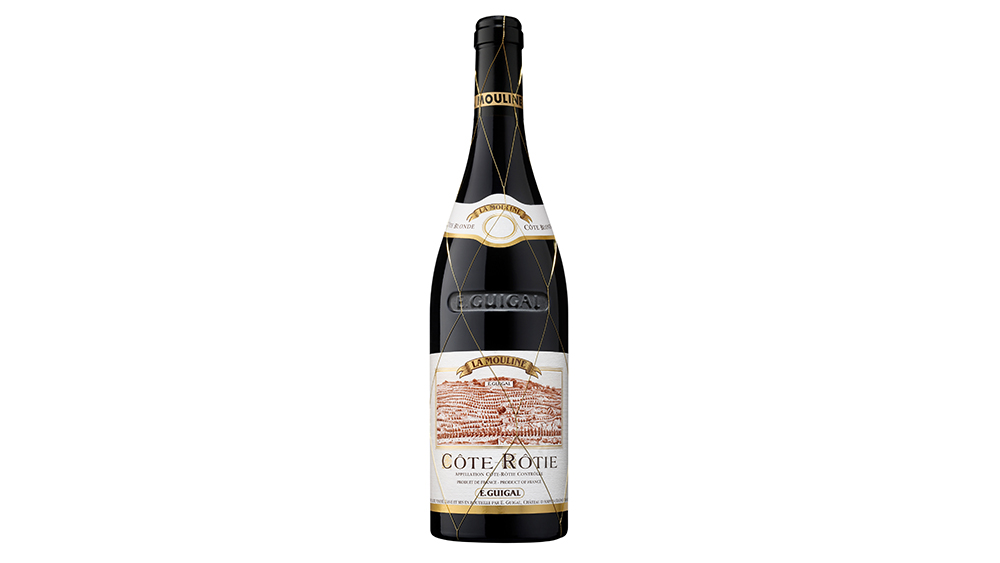
In a mere three generations, the Guigal family has traveled from vineyard work to producing some of the most highly acclaimed wines from almost every district in the Rhône Valley. And while the familiar E. Guigal Côtes du Rhône label shouts value the world over, it is the family’s tiny productions from post-stamp vineyards in the likes of Côte-Rôtie, Saint-Joseph and Hermitage that prompt collectors to sleuth out bottles on the secondary market. La Mouline, in Côte-Rôtie, is the oldest of the Guigals’ vineyards. In fact, it’s considered the oldest in the AOC itself, with walls dating back some 2,400 years. Replanted in the 1890s, after the scourge of phylloxera, the vineyard’s current vines average about 90 years old. The E. Guigal 2014 La Mouline ($390) shows what gorgeous balance vine age can produce. Its dark berry fruit is concentrated and layered with an earthy smoked-meat character, with delicate floral aromas, and there’s a subtle silky quality to the wine—likely the result of a full 11 percent Viognier cofermented with the Syrah.
FRENCH WHITE:
Champagne Pol Roger 2008 Cuvée Sir Winston Churchill
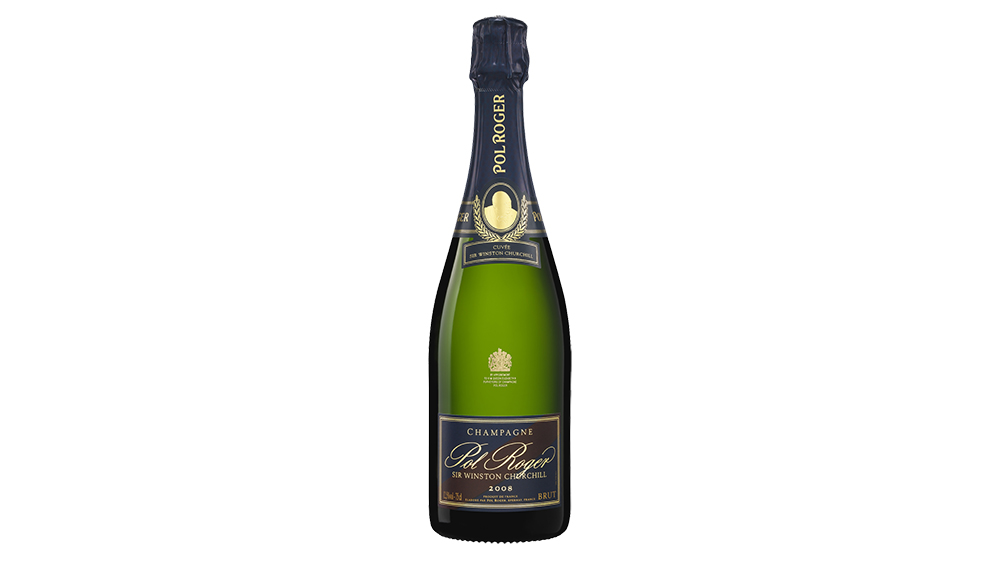
Myths abound about the wartime PM and his Pol Roger (that he drank a bottle of it every day—before he got out of bed in the morning), but the truth is that after World War II, Churchill formed a lasting friendship with the captivating Odette Pol-Roger, and thereafter, the wine was his Champagne of choice. In 1975, 10 years after his death, the wine family approached the politician’s family—friends still—to ask their permission to create Cuvée Sir Winston Churchill in his honor. Vintage 2008 ($300), released last fall, embodies Churchill’s taste in Champagne—full-bodied, robust and mature. It is complex and chalky, with pinpoint balance between a delicately honeyed character and a briny oyster-shell quality. On the palate, citrus, pear and faint tropical flavors are layered with nuttiness and meringue. Are we cheating to go with a Champagne as our Best French White? Can you ever have too much Champagne?
NEW WINE-COUNTRY TASTING ROOM:
Silver Oak Alexander Valley

Walk into Silver Oak Cellars’ new light-filled tasting room in Sonoma’s Alexander Valley, and large window-walls draw you out into the benchland vineyards in almost every direction, artfully framing the expansive views. And that, of course, is by design. San Francisco–based architect Daniel Piechota used simple, almost elemental angles and materials to achieve the effect. For guests, the experience vividly connects the iconic, American-oak-aged Cabernet in their glasses to its source. What Piechota and the Duncan family, owners of Silver Oak, have also achieved is the first-ever LEED Platinum certification for Building Design and Construction for a winery. Simply put, that credential makes Silver Oak the most sustainable winery in the world. With more than 2,500 rooftop solar panels, the facility will ultimately generate 105 percent of the energy it needs. And with cutting-edge water reclamation technology and rainwater harvesting, the goal is to produce more water than is consumed in the cellar, the tasting room and the surrounding landscape. Beautiful all around.
URBAN TASTING ROOM:
Wally’s Santa Monica
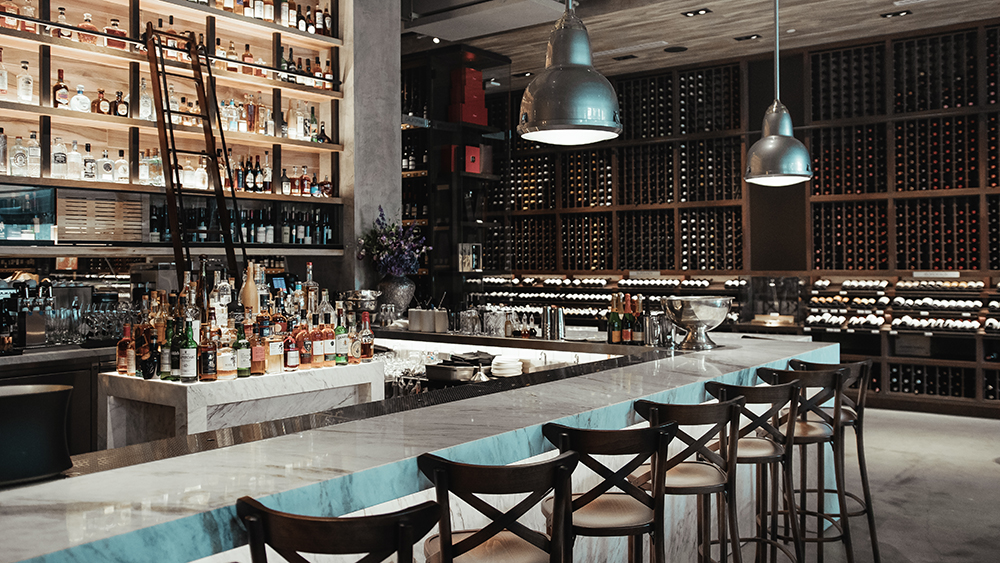
Wally’s has become a retail and distribution mecca in Southern California—and winemakers sing the praises of president Christian Navarro for his innovation and discerning tastes. So it might not be too hard to guess who gets the special bottles when wineries have some to offer. Wally’s already operates a lovely tasting room in its Beverly Hills flagship; one-upping himself, Navarro in 2018 opened a second location in Santa Monica, just steps from the beach, that stocks 16,000 bottles, with a separate vault for rare wines. The sophisticated new space has long marble tables and towering backlit shelves artfully displaying both spirits and wine (along with a killer cheese case). You feel sexier just standing there, glass in hand. And it’s one of the few places in the US where you can do a vertical of Dom Pérignon.
NEW WINE FESTIVAL:
Maui Wine and Food Classic
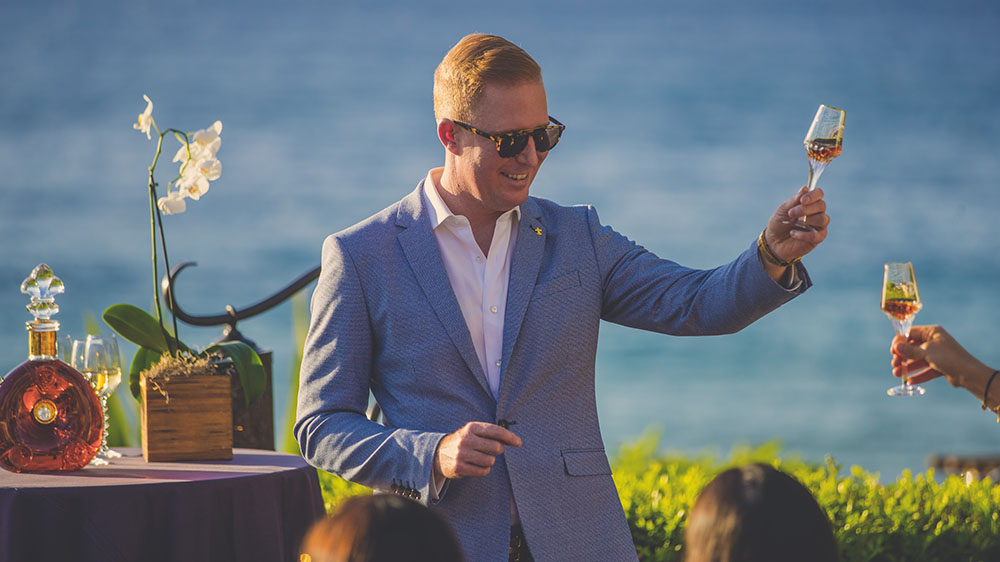
Great weather? Check. Premium wine? Check. Talented chefs? Check. But it’s the small, intimate guest list of passionate oenophiles and storied winemakers that made this March event so much more than a stampede to the pouring tables. A mix of 30 heart-stopping brands that rarely leave their own tasting rooms, including Harlan Estate, and discoveries such as Donald Patz’s Secret Door or Cos d’Estournel’s Pagodes des Cos, along with the impressive quality of wine and expertise offered surpassed that of any other open-to-the-public wine event outside of wine country. And it didn’t hurt that the festival took place at the Four Seasons Maui at Wailea. Master classes complete with rare vintages, taught by professional sommeliers and winemakers themselves, coupled with coursed dinners created to pair with the wines were outstanding. Next year’s event will take place May 22 to 25, 2020. We’ll see you there.
UP-AND-COMING WINEMAKER:
Jeff Cole at Sullivan Rutherford Estate

If making a $500 bottle of wine is a kind of benchmark, Jeff Cole has just reached it. As head winemaker at Sullivan Rutherford Estate in Napa Valley, Cole created a one-of-a-kind Cabernet Sauvignon from the best parcels in the vineyard for the 2019 Premiere Napa Valley, a futures auction for wine industry retailers. His exclusive, five-case lot sold to a buyer for $30,000, or $500 per bottle. The estate’s top-tier reserve wine, James O’Neil, usually sells for about $250 per bottle, but even that Cab drinks like a more expensive example and is one of the best being made in the Rutherford AVA right now. Before joining Sullivan six years ago, Cole honed his craft at Schramsberg, starting in the cellar and working up to making the juice himself, learning every step for both still and sparkling wines. He takes what he gleaned there about adding finesse to high-acid wines and applies it to mouthwatering reds that have substantial cellaring potential.
Comments
Post a Comment